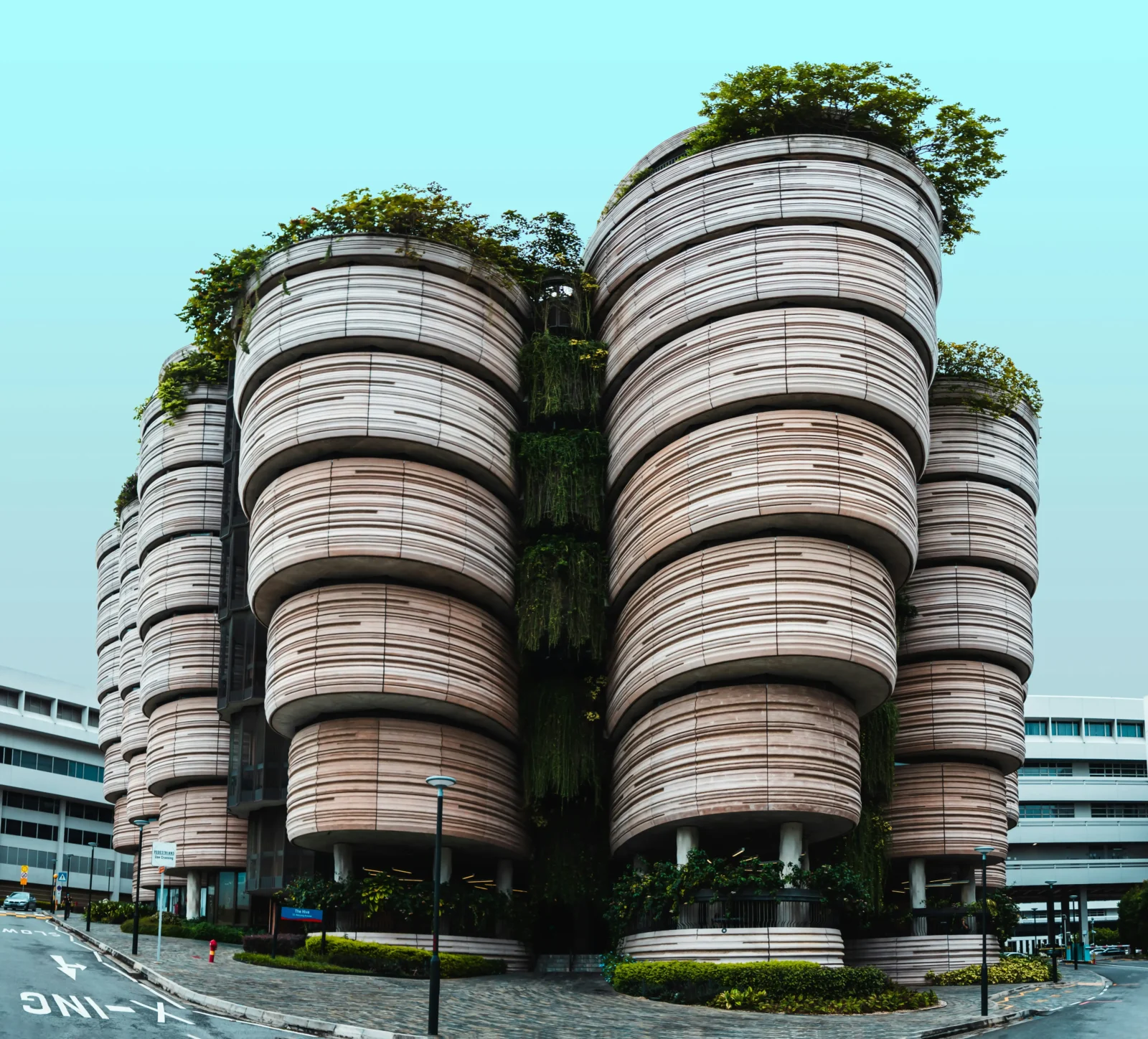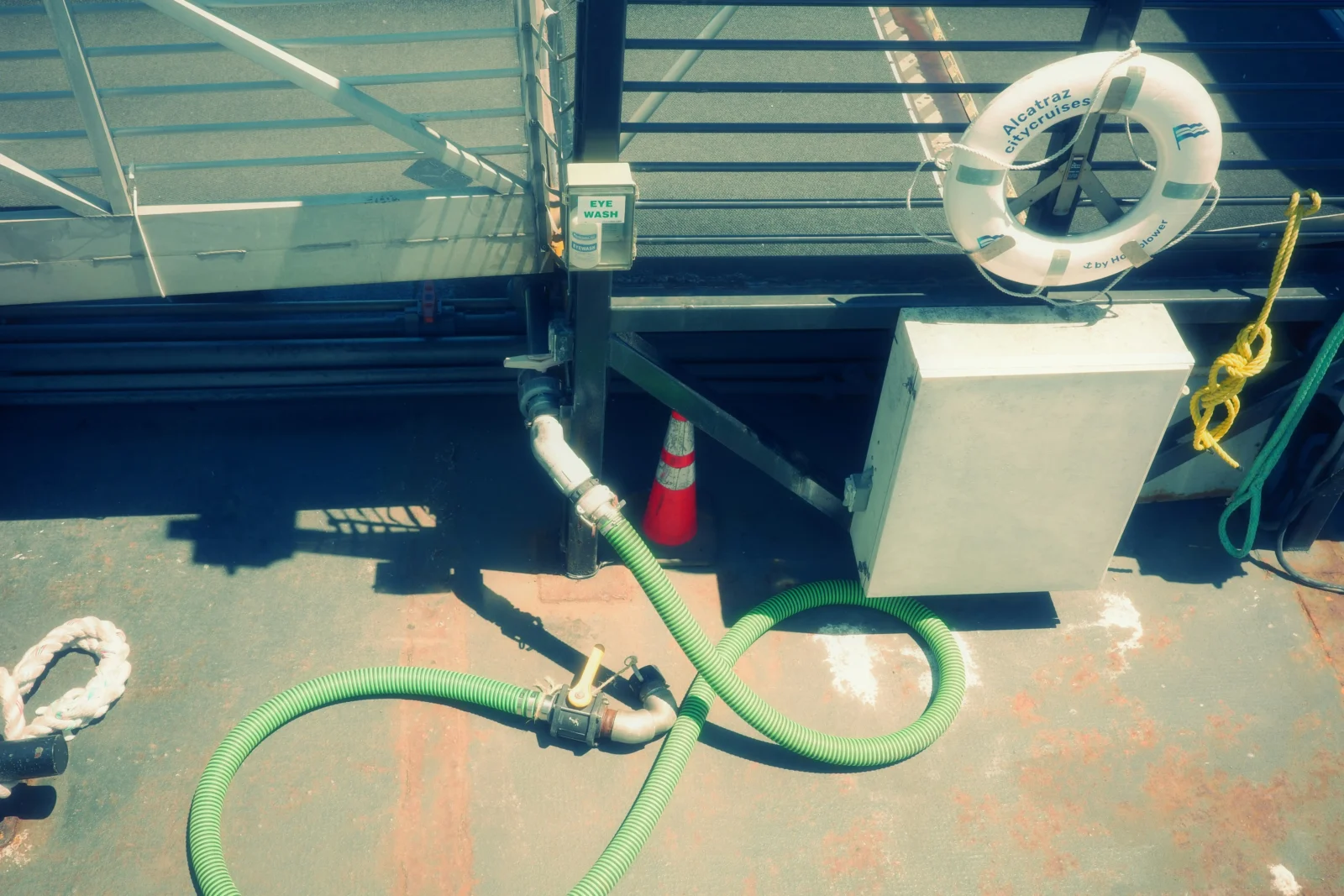- Home
- Articles
- Architectural Portfolio
- Architectral Presentation
- Inspirational Stories
- Architecture News
- Visualization
- BIM Industry
- Facade Design
- Parametric Design
- Career
- Landscape Architecture
- Construction
- Artificial Intelligence
- Sketching
- Design Softwares
- Diagrams
- Writing
- Architectural Tips
- Sustainability
- Courses
- Concept
- Technology
- History & Heritage
- Future of Architecture
- Guides & How-To
- Art & Culture
- Projects
- Interior Design
- Competitions
- Jobs
- Store
- Tools
- More
- Home
- Articles
- Architectural Portfolio
- Architectral Presentation
- Inspirational Stories
- Architecture News
- Visualization
- BIM Industry
- Facade Design
- Parametric Design
- Career
- Landscape Architecture
- Construction
- Artificial Intelligence
- Sketching
- Design Softwares
- Diagrams
- Writing
- Architectural Tips
- Sustainability
- Courses
- Concept
- Technology
- History & Heritage
- Future of Architecture
- Guides & How-To
- Art & Culture
- Projects
- Interior Design
- Competitions
- Jobs
- Store
- Tools
- More
How to Find the Right Water Treatment Solution for Your Project

Clean and safe water supports health, production, and daily living. The correct treatment system improves the quality and reliability of the water supply, preventing problems before they arise. Every project, from residential to industrial, benefits from a tailored approach that matches its specific requirements.
Careful planning helps decision-makers select an option that performs well and stays reliable for years. Those looking to learn more about their options gain clarity when they review their water source, compare treatment methods, and prepare for long-term service and upkeep. This approach builds confidence and sets the project on a path toward lasting success.
Table of Contents
ToggleUnderstand Your Water Treatment Needs
A clear picture of project requirements leads to accurate decisions. This step lays the foundation for a reliable and effective solution.
Assess Water Quality and Contaminants
A water test gives details about minerals, metals, and potential pollutants. Knowing whether the water contains hardness, bacteria, or sediment allows the right equipment to be selected. Accurate information at this stage avoids unnecessary spending and supports a well-matched choice.

Define Project Scale and Requirements
Project size has a direct effect on the type of treatment system chosen. A family home needs a compact unit, while a factory or farm may require a large treatment plant. Matching capacity to demand maintains a steady water supply without interruptions.
Set Budget and Timeline
A clear budget guides the selection process and prevents delays. Allocating funds for installation, labour, and routine care helps keep the system reliable for longer. Establishing a timeline helps teams stay organised and ready for each stage of the project.
Compare Available Treatment Options
Looking at the range of solutions helps identify the most suitable system. Each method serves a specific purpose and can be combined for better results.
Filter, Soften, and Disinfect Methods
Filters remove dirt and debris, softeners handle hard water, and disinfection systems remove harmful organisms. The right mix produces water that is clear, safe, and pleasant to use. Each part of the system works together to meet the required standard.
Compare Each Solution
Every approach offers its own advantages. Filters are straightforward and affordable, softeners protect appliances and pipes, and disinfection units add an extra layer of safety. Choosing wisely balances efficiency, cost, and quality.
Sustainability and Maintenance Factors
Systems that use fewer resources and last longer save money and effort. Equipment that is easy to service and has readily available parts stays in good working condition. Planning for upkeep avoids unexpected downtime and supports steady operation.
Choose the Right Solution for Your Project
The final step secures lasting performance. Proper selection leads to consistent quality and a reliable water supply.
Consult Experts for Advice
Professionals bring knowledge of different systems and help match them to project needs. Their guidance protects against costly errors and supports a smooth installation. A specialist’s input saves time and improves long-term results.

Run Pilot Tests or Trials
Testing a system on a small scale shows how well it performs under real conditions. Feedback from these trials helps refine the final setup. This step builds confidence before committing to a full installation.
Plan for Long-Term Operation and Support
Regular checks and scheduled servicing keep equipment functioning as expected. Setting up a plan for spare parts and professional support avoids sudden breakdowns. Preparing ahead keeps the water supply safe and reliable.
Reliable water treatment supports consistent results and long-term success. A well-matched system improves water quality, protects resources, and keeps operations running smoothly. Proper planning and care preserve performance and extend the life of the equipment. Projects that follow this approach benefit from dependable water and lasting assurance.
illustrarch is your daily dose of architecture. Leading community designed for all lovers of illustration and #drawing.
Submit your architectural projects
Follow these steps for submission your project. Submission FormLatest Posts
8 Examples of Successful Disaster Resilient Architecture
As climate risks increase, architects around the world are creating innovative structures...
Preventing Cyber Threats in Smart Buildings by Design
The trend of integrating IoT technologies into buildings isn’t going away. More...
Procreate vs Photoshop: Should Architects and Designers Use Them for Architecture Work?
Procreate vs Photoshop for architects: see when to sketch on iPad and...
A Beginner’s Guide to Using Heat Pumps
Understanding home heating and cooling can be confusing, especially if you’re starting...












Leave a comment